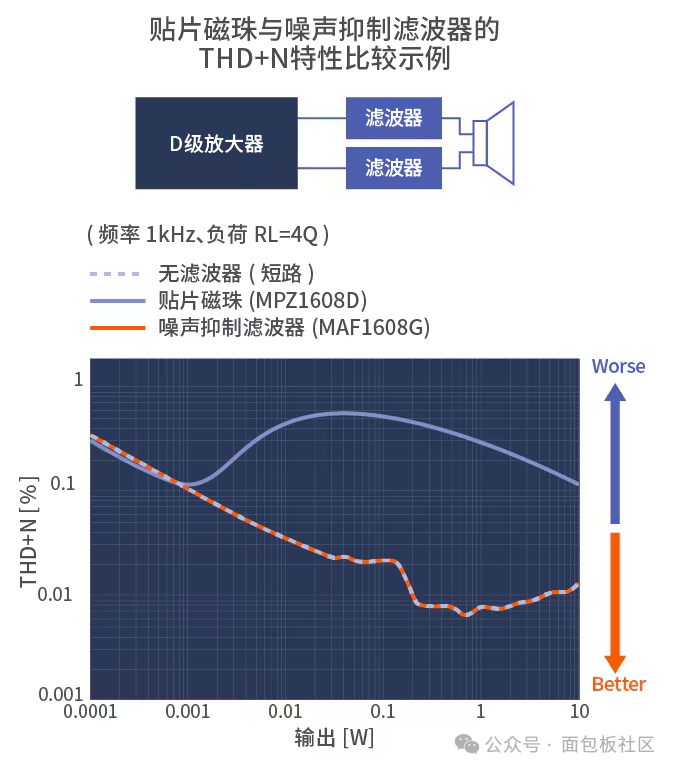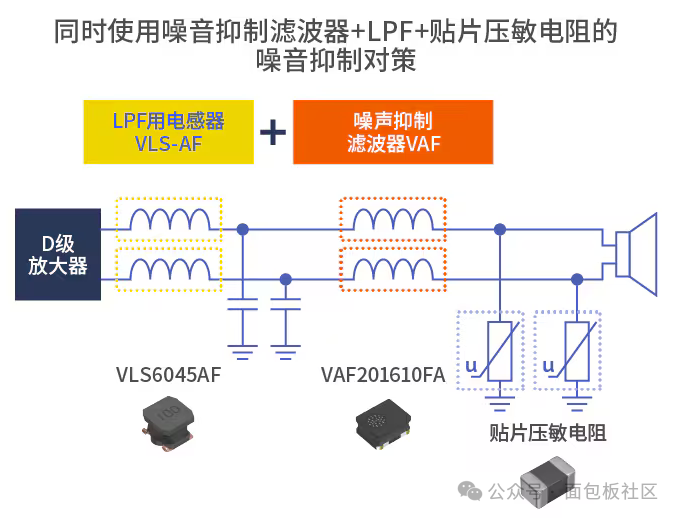Robots can be broadly divided into industrial robots and business/service robots. Industrial robots, such as assembly robots and welding robots, have been used in FA factories for a long time, but in recent years, business and service robots have been rapidly developed. In the world, the development of conversational robots such as AI speakers (smart speakers) is particularly active, and various models of home service robots have emerged one after another.
Conversational robot equipped with AI assistant function
Conversational robot AI speaker interface human voice. In the absence of the need for a touch screen or keyboard, the microphone collects the voice of the person, and then sends it to the cloud, which is recognized by AI (artificial intelligence), and provides various services, such as music playback, providing information such as news, Internet search, shopping and home appliance operation. The AI's deep learning also enables it to communicate with users in the form of simple chats.
When the speaker is speaking at a distance, the fixed AI speaker needs to detect that direction and distinguish it from the surrounding noise. For this purpose, the AI speaker is equipped with multiple microphones to identify the direction of the speaker according to the time difference and intensity of the arriving sound, and at the same time, through noise reduction technology, the noise component is eliminated for environmental noise from multiple directions. In addition to microphones, amplifiers and speakers are also important. This is because, with the popularity of AI speakers, people began to demand high sound quality comparable to audio devices.

The problems faced by D-level amplifiers for AI speakers
The power amplifier in AI speakers uses a digital amplifier called a Class D amplifier, which is also used to drive speakers in smartphones, tablets, and laptops.
Class D amplifiers, also known as switching amplifiers, use PWM (pulse amplitude modulation) technology with switching devices to convert and amplify the audio input signal into a pulse signal, which is then converted back to an analog signal and output through a speaker.
Class D amplifiers are smaller and consume less power than analog amplifiers used in high-end audio equipment. However, the pulse signals have many harmonic components, and if no measures are taken, the lines connecting them to the speakers will become antennas and emit electromagnetic noise.
In order to suppress the electromagnetic noise emitted from the speaker line, a patch magnetic bead is usually inserted in the output segment of the D-level amplifier as a noise filter. The patch magnetic bead is a chip element that forms a coil in a ferrite element by means of a laminating process, etc. The impedance of the patch bead is composed of the reactance component of the coil and the resistance component of the ferrite. In the low frequency range, the function of the reactance component is to reflect and block noise, while in the high frequency range, the function of the ferrite resistance component is to absorb noise and convert it into heat energy. As a simple and extremely effective EMC countermeasure component, it is widely used in electronic equipment.
Ferrite largely determines the characteristics of the flake magnetic beads. Because the current in the speaker line is relatively large, ferrite with a high resistance component is used, but as the output increases, the harmonic noise component will destroy the audio waveform, resulting in audio distortion. It is difficult for ordinary patch magnetic beads to simultaneously eliminate radiation noise and ensure audio quality.
Noise suppression filters to improve the sound quality of AI speakers
The noise suppression filter VAF series is the best product for audio lines such as AI speakers with an output of 2W ~ 20W. The degree of audio Distortion in the audio line is generally expressed by the value THD+N(Total Harmonic Distortion + Noise: total harmonic distortion + noise), and the smaller the value, the better the sound quality. As shown in the figure below, the THD+N value will increase with the increase of the output in the chip magnetic bead, but in the noise suppression filter, it shows almost the same characteristics as in the state without the filter, and there is no distortion due to insertion. It can be seen that replacing the flake magnetic beads with a noise suppression filter will have a great effect on improving the sound quality.

A combination of LPF(Low-pass filter) and patch varistor for an effective solution
In general, an LPF (low-pass filter) is inserted in the upper output segment of a stage D amplifier in order to extract the audio output signal. In devices such as smartphones with smaller output, the filter-free mode that does not require LPF is the mainstream, but in devices such as AI speakers, LPF is required, and the characteristics of LPF can also affect the sound quality.
The combination of noise suppression filter and LPF (VLS-AF series) can effectively suppress the radiated noise of AI speakers, as shown in the figure below, if the combination of patch varistors (AVR series) will be able to achieve better results. The patch varistor can be used to protect the circuit from ESD(electrostatic discharge) etc. from the human body, which is mainly used in electronic devices. In addition to the case of bypassing the intrusion ESD and other ESD to the ground, it mainly plays the role of capacitors, so by combining it in the speaker line, the effect of suppressing radiation noise can be further improved. As shown in the comparison chart, it can easily meet the CISPR CLASS B limit (the radiation noise limit of electronic devices used in the home, etc.).

AI speakers are evolving into companion robots, which require sound quality comparable to audio devices.
免责声明: 本文章转自其它平台,并不代表本站观点及立场。若有侵权或异议,请联系我们删除。谢谢! Disclaimer: This article is reproduced from other platforms and does not represent the views or positions of this website. If there is any infringement or objection, please contact us to delete it. thank you! |


